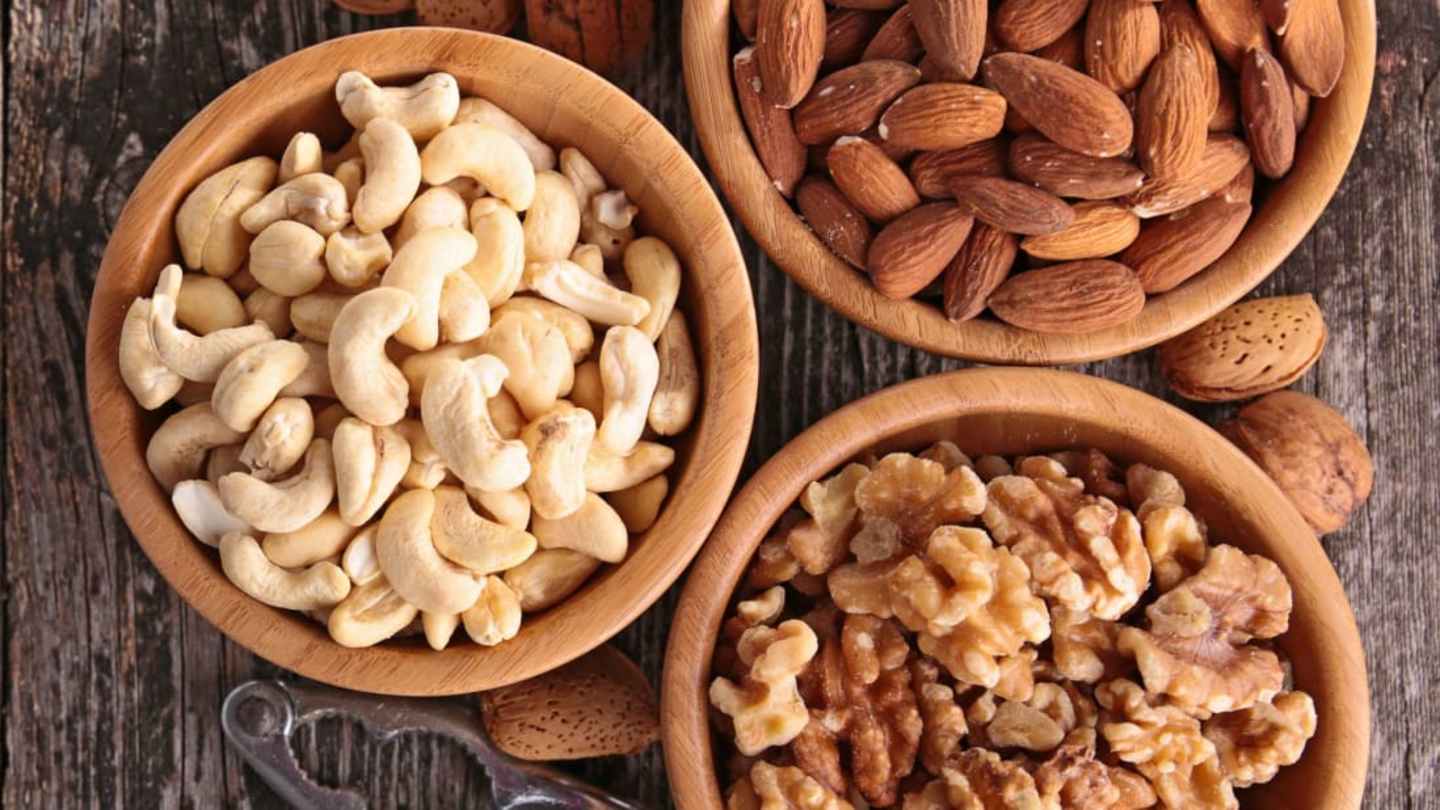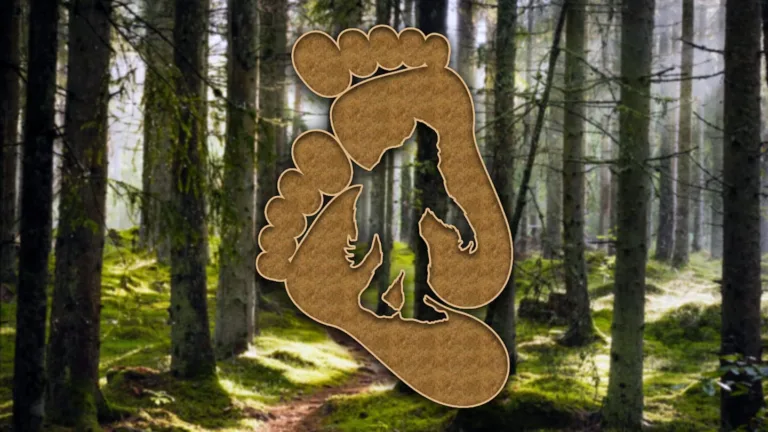Have you ever been caught in a grocery aisle debate about what truly constitutes a “nut”? It seems straightforward, right? But the world of botanical classification can be surprisingly complex. There are many beloved snacks we call nuts that don’t actually fit the scientific definition. This article aims to shed light on these fascinating botanical misclassifications and separate fact from fiction when it comes to our favorite crunchy treats.
Get ready to have your mind blown as we delve into the surprising world of which nuts are not nuts. We’ll explore the true nature of These Common Culprits, Like Peanuts, which are legumes rather than nuts, and uncover the botanical secrets behind almonds, cashews, walnuts, and more. By understanding how plants are classified, we can appreciate the diversity of the natural world and gain a deeper respect for the intricate relationships between humans and their food sources.
Let’s embark on this journey together and demystify the world of nuts that are not nuts. You might be surprised by what you discover!
Unmasking Botanical Misconceptions
So, what exactly makes a true nut? True nuts are dry fruits with a single seed enclosed in a hard shell called the pericarp. This shell is fused to the Seed Itself, forming a single unit. Think of acorns or hazelnuts – Those Classic Examples. But many commonly referred to “nuts” Actually Fall Into Different Categories.
For instance, peanuts, despite their name and widespread use in trail mix, are legumes! They grow underground in pods, similar to beans and lentils. Almonds, cashews, walnuts, pecans, Brazil nuts, Macadamia Nuts, pistachios – these are all classified as Drupes. Drupes have a fleshy outer layer surrounding a hard inner shell that encloses the seed. Think peaches, plums, or cherries – they share this botanical structure with Our Beloved “nuts.”
 Olestra Chips Warning: The Story of Leaky Pringles and Fat-Free Dangers
Olestra Chips Warning: The Story of Leaky Pringles and Fat-Free DangersThis leads us to the fascinating realm of which nuts are not nuts. Understanding these classifications can be a fun way to explore the diversity of the plant kingdom and deepen your appreciation for the unique characteristics that define each type of food.
True Nuts: A Botanical Definition
Now that we’ve uncovered some of the botanical impostors, let’s delve into the true definition of a nut. A true nut is a type of dry fruit characterized by its single seed and a hard outer shell that’s fused to the pericarp, the fruit’s wall. This fusion creates a single, Sturdy Unit – think of an acorn or hazelnut.
The key features that distinguish true nuts from other types of seeds or fruits are: They have only one seed enclosed within the hard shell, and that shell is firmly attached to the pericarp. This unique structure allows true nuts to withstand harsh conditions and protect their precious seeds for germination.
Examples of True Nuts Include Chestnuts, hazelnuts, Acorns, Beechnuts, and hickory nuts. These are all found in nature, often dispersed by animals or wind, ensuring the survival of these fascinating Tree Species.
Legumes vs. Drupes: The Culinary Conundrum
Let’s move beyond the true nuts and delve into the plant kingdom’s Further Complexities. Two groups that often get confused are legumes and drupes – both play starring roles in our Culinary Adventures. Legumes, Like Peanuts, beans, lentils, and peas, develop from a pod-Like Structure Containing Multiple Seeds.
These clever plants have evolved to store nitrogen in their roots, enriching the soil for other plants To Thrive. Drupes, on the other hand, are characterized by their fleshy outer layer surrounding a hard inner shell enclosing the seed. Think of cherries, peaches, plums – they all belong to this delicious category. This is where our confusion arises: many “nuts” we love fall under the drupe category! Almonds, cashews, walnuts, pecans – they’Re All Technically drupes.
Understanding these botanical categories can add a whole new dimension to your cooking and appreciation of nature’s bounty.
Common “Nuts” That Are Actually Not
Now for the fun part – Uncovering Those Sneaky imposters! It’s time to explore some common “nuts” that actually don’t fit the botanical definition.
Peanuts are perhaps the most notorious example. Despite being called nuts and often found in trail mixes alongside true nuts, they’Re Actually legumes! They grow underground in pods, Similar To Beans, peanuts have a completely different structure Than True Nuts. Another common culprit is the coconut – it may seem like a nut with its hard shell, but it’s classified as a drupe due to its fleshy outer layer and single seed enclosed within a hard inner shell. These are just a few examples of how common “nuts” that are not Can Surprise us!
Understanding these botanical classifications can add a whole new dimension to your Grocery Shopping Experience.
Beyond the Shell: Exploring Food Classification
This exploration of “nuts” goes beyond simply labeling food items. It invites us to delve deeper into the fascinating world of plant classification and appreciate the intricate relationships Between Form, function, and evolution. By understanding these botanical categories – True Nuts, legumes, drupes – we gain a richer appreciation for the diversity of life on Earth.
It’s like uncovering hidden clues in nature’S Grand Puzzle. Each category tells a story about how plants have adapted to their environments, Dispersed Their Seeds, and sustained themselves over millions of years. So next time you encounter a food item labeled as a “nut,” take a moment to consider its True Botanical Identity. You might be surprised by what you discover!
This journey into the realm of plant classification reminds us that there’s always more to learn about the Natural World Around Us.










